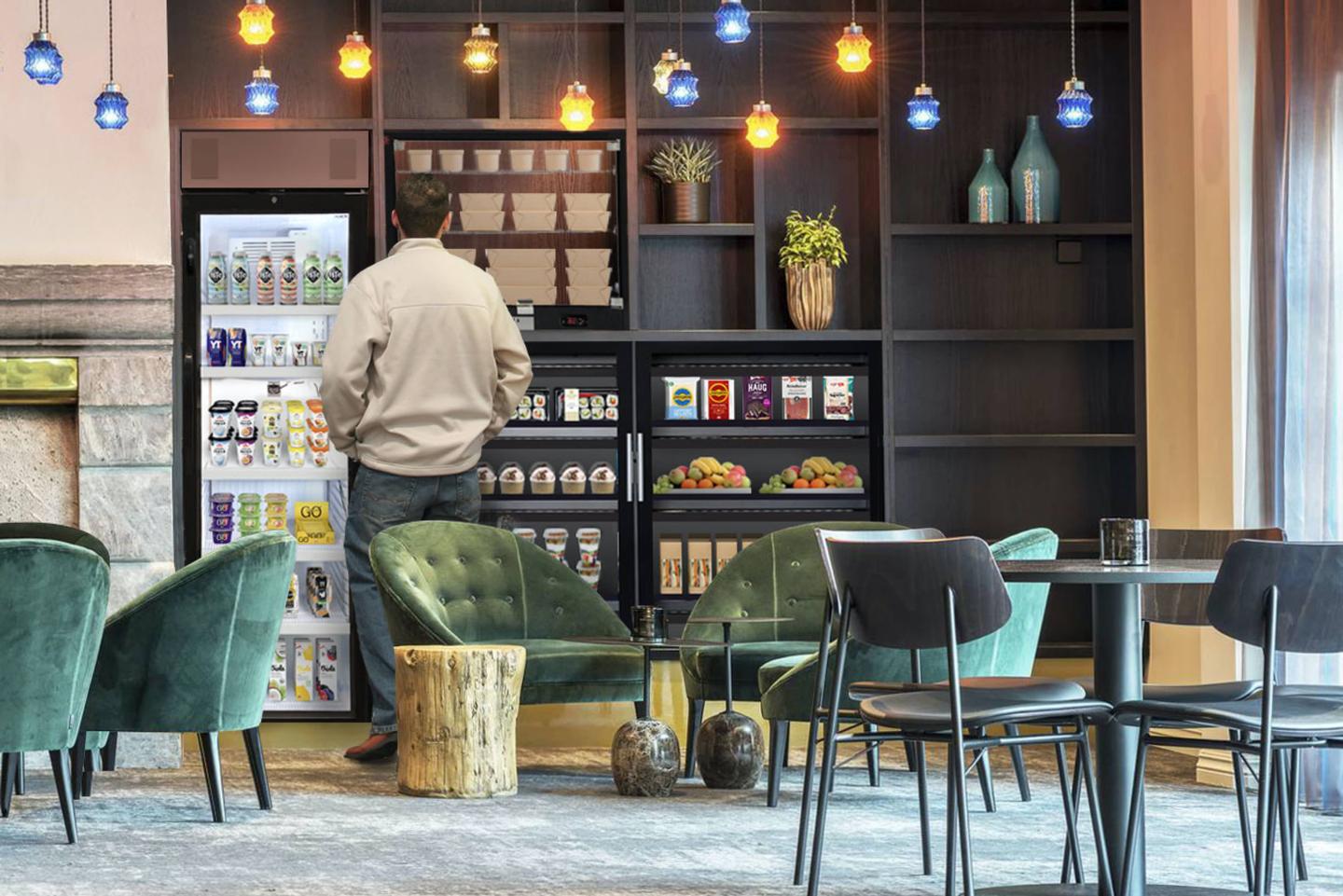Designing service concepts that make a difference
Creating standout services demands more than sleek design or innovative technology. At Futurice, we craft service concepts that seamlessly combine digital and physical channels to not only address current challenges but also drive substantial business value. These concepts enhance customer loyalty, open new revenue streams, and distinguish brands in competitive markets, making a tangible difference in both the market and user experience.

Part 2/4
This is the second article in our series exploring the multifaceted value of design in today’s digital landscape. Through this series, we aim to uncover and articulate how strategic design decisions can significantly impact business outcomes and customer experiences. Stay tuned as we continue to delve into the various dimensions of design value, providing insights and actionable strategies to leverage design as a key driver of digital success.
What is a service concept and why are they important?
A service concept is much more than a blueprint for a future offering; it's a comprehensive framework that defines how a service will be delivered, experienced, and perceived by its users. It encapsulates the service's essence, including its purpose, the problems it solves, how it benefits users, and the underlying technology that enables it. This concept goes beyond mere functionality, integrating strategic thinking, design innovation, and technology to precisely address user needs and surpass business objectives.
From a business perspective, new service concepts are invaluable. They can tap into new revenue streams by reaching untapped customer segments or markets, gather extensive insights or data about these groups, and enhance understanding of market dynamics. Innovatively designed services not only elevate visibility but also significantly boost brand value. By offering unique solutions that stand out in the marketplace, companies can differentiate themselves from competitors, fostering loyalty and driving sustainable growth.
How are great concepts build at Futurice
The development of transformative service concepts follows a comprehensive process:
Understanding user needs: Through empathetic research methods like interviews, surveys, and observational studies, we gather insights into the challenges, desires, and behaviors of our target users which ensures our concepts are rooted in genuine user needs. This is especially important when targeting new markets or customer segments.
Market analysis for opportunity identification: We analyze market trends, competitor strategies, and technological advancements to identify gaps and opportunities where our services can offer significant value.
Creative ideation and rapid prototyping: Our teams engage in brainstorming and ideation sessions to explore various solutions. Early prototyping allows for quick visualization and assessment of these ideas, fostering an innovative and experimental culture.
Iterative design and user feedback: Prototyping and user testing are iterative, involving real users to refine the concept based on feedback. This ensures the service is both desirable and viable, tailored to meet actual user needs.
Branding and visual Identity: A crucial step in the concept phase is establishing a compelling brand identity and visual design strategy. This includes crafting a unique brand voice, visual aesthetics, and a cohesive user experience that effectively communicates a value proposition and resonates with the target audience.
Technical and feasibility assessment: Our technology experts evaluate the concept's technical feasibility, ensuring the envisioned solution can be realistically developed with current or near-future technologies.
What makes a great concept
A great service concept is distinguished by several key characteristics:
Genuine user value: It must stem from a deep understanding of user needs, offering a solution that significantly improves their life or work.
Innovative edge: The concept should introduce a novel approach or technology, differentiating it from existing solutions and pushing the boundaries of what's currently available.
Technical feasibility: Beyond being imaginative, the concept must be technically achievable, leveraging current or near-future technologies in a practical, efficient manner.
Business strategy alignment: It should resonate with the company's strategic goals, demonstrating clear potential for market success and growth.
Sustainability consideration: In today's world, concepts also need to account for their environmental and social impact, aiming for sustainability and ethical integrity.
Our portfolio showcases a variety of innovative service concepts we've developed, from advanced digital platforms to evolved services in the physical realm. Each project highlights our commitment to excellence, innovation, and creating meaningful impact through design.
 Joakim SchonertPrincipal Designer
Joakim SchonertPrincipal Designer




